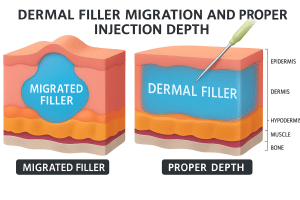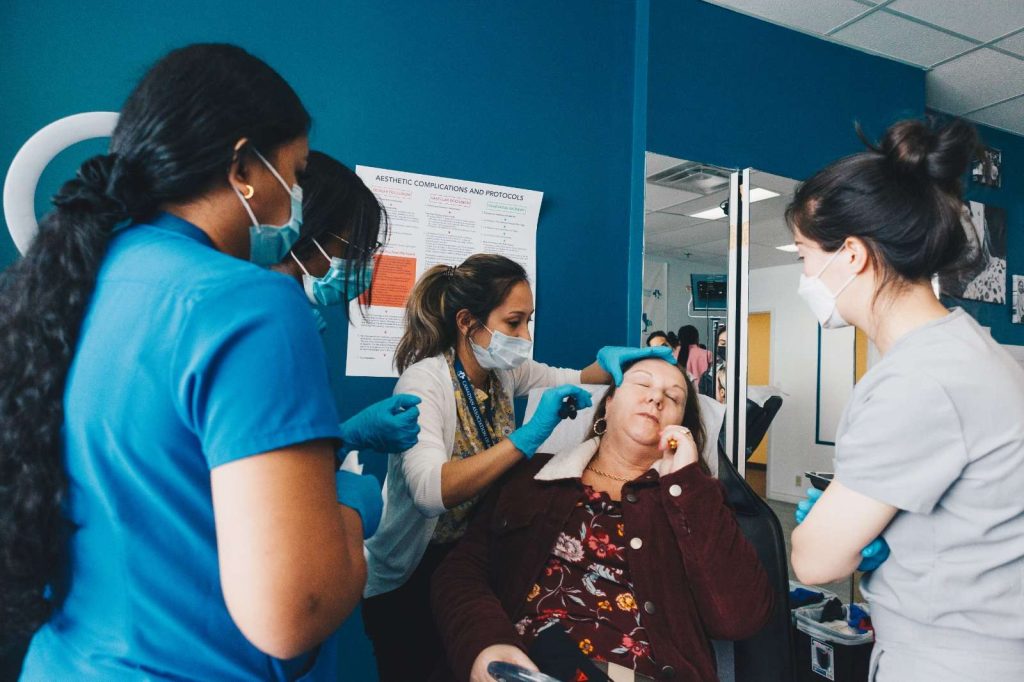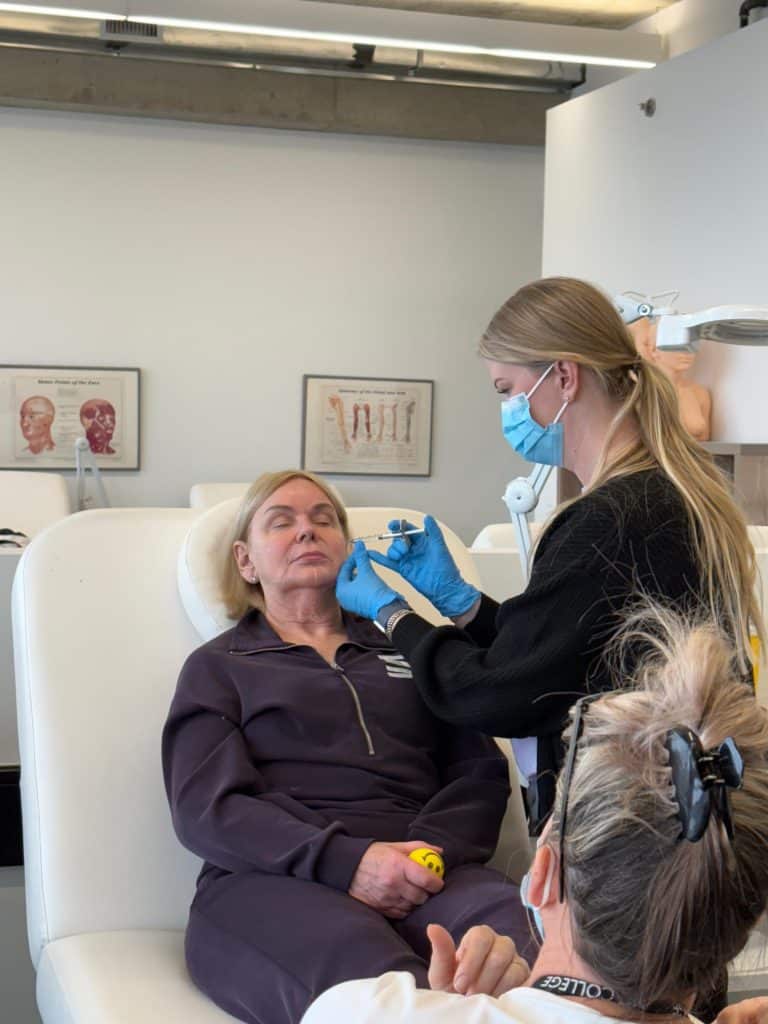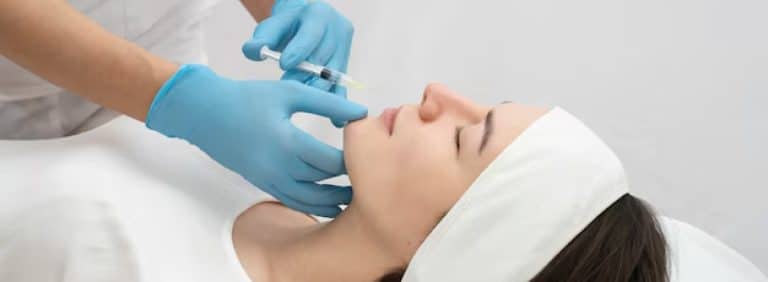Why Every Injector Needs to Understand Filler Migration
The use of social media has brought great education, but also negative attention (and anxiety) to the world of injectables. On TikTok alone, the hashtag #fillermigration has over 24 million views with content ranging from helpful advice to cautionary tales of overfilled, distorted facial features (Allure wrote a whole article about it)
As a licensed injector, you carry the responsibility of achieving beautiful results while avoiding complications. One of the most common, and most avoidable, outcomes is filler migration. In this guide, we break down what it is, what causes it, how to fix it, and most importantly, how to avoid it in your practice.

What Is Filler Migration?
Filler migration occurs when dermal filler spreads beyond the intended injection site. This typically becomes visible around 1- 2 weeks post-treatment and presents as:
-
Bumps or lumps around the lips or other treated areas
-
A “shelf” or protrusion above the vermillion border (a.k.a. duck lips)
-
Swelling or asymmetry in adjacent untreated regions
While most commonly seen with lip fillers, migration can occur anywhere dermal filler is used, including the tear troughs, cheeks, jawline, temples, and hands.
What Causes Filler Migration?
In almost all cases, filler migration is technique-related. Common contributing factors include:
-
Injecting too superficially or into the wrong tissue plane
-
Injecting too much filler too quickly
-
Using the wrong product for the anatomical area (e.g., high-viscosity filler in thin-skinned areas)
-
Injections into vascular or lymphatic vessels
-
Poor aftercare advice or follow-up
Different dermal fillers have different properties and approved uses. Learn more from Health Canada’s guidance on dermal fillers or the FDA’s safety recommendations.
Migration risk also increases when inexperienced injectors overfill or fail to space out sessions appropriately. That’s why proper facial anatomy education and injector technique are critical in avoiding these complications.
How to Fix Filler Migration
The standard clinical solution for migrated filler is the use of hyaluronidase, an enzyme that breaks down hyaluronic acid (HA) fillers.
When injected into the affected area, hyaluronidase dissolves the excess filler, allowing the body to reabsorb it naturally. While HA-based fillers will eventually break down on their own, leaving migrated filler in place can:
-
Exacerbate cosmetic issues
-
Delay correction timelines
-
Create emotional distress for the patient
In most cases, early correction with hyaluronidase is the preferred route, followed by a treatment break and re-injection only once tissue integrity is restored.
How to Prevent Filler Migration
Avoiding migration starts before the first syringe is even opened. To minimize risk and ensure safe, lasting results:
-
Know your anatomy inside and out
-
Choose the right filler for the right tissue plane
-
Inject slowly, with the appropriate volume and technique
-
Use cannulas when appropriate to reduce trauma and diffusion
-
Ensure patients follow post-treatment guidelines
Why Ongoing Training Matters
Even experienced injectors must continuously refine their skills. Aesthetic medicine is a rapidly evolving field, and outdated techniques are often the root cause of preventable complications.
At the Canadian Association of Medical Aesthetics (CAMA), we offer hands-on training in:
-
Advanced injection techniques
-
Facial anatomy and vascular safety
-
Managing complications (like filler migration)
-
Real-patient experience in supervised environments
Whether you’re just starting out or ready to expand your skill set, we offer small-group accredited training courses across Canada for injectors, nurses, and doctors that want the best aesthetics training you can get.





